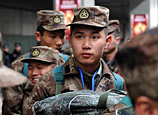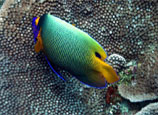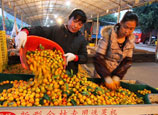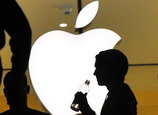
Despite government efforts in limiting the amount of new cars by car plate control and keeping a certain number of vehicles off the roads by the license plate number, residents are still often stuck in traffic for hours.
According to a survey conducted by the IBM on daily commutes in 2011, Beijing has the second worst traffic jams in the world following Mexico City. Shenzhen, another booming economic city in south China, ranks in third place.
Apart from traffic, Beijing also suffers from poor air quality.
The city's yearly PM 2.5 data, a gauge monitors "fine" particles 2.5 microns or less in diameter, reached 70-80 micrograms per cubic meter, doubling the regulated standard of 35 micrograms per cubic meter.
"The sky always looks grey, and we hardly see the sun," said an old lady surnamed Wang who has lived in Beijing for most of her life.
With the rapid development of China's urbanization, Beijing is not the only city caught with "city diseases."
In Lanzhou, capital of northwest China's Gansu Province, residents are often seen exercising wearing mouth masks in parks along the Yellow River, which traverses through the city.
"Days ago when there was no wind, I could not even see the buildings across the river," said 60-year-old Li Wenhu, who jogs every morning.
What people are concerned about is near the top agenda of the Communist Party of China (CPC). At the report to the 18th National Congress of the CPC, Chinese leader Hu Jintao emphasized the importance of ecological progress and advocated building a "beautiful" China.
The report gave ecological progress a more prominent position by incorporating it into the country's overall development plan together with economic, political, cultural and social progress.
 |  |














 Cumquat market in S China's Guangxi
Cumquat market in S China's Guangxi


![]()
